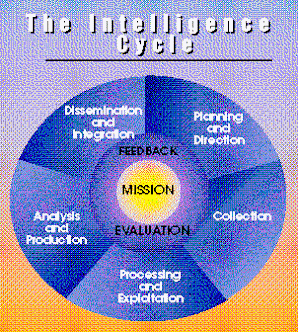Counterfeit Drugs in Developing Countries
Getting prescription medication into developing countries is hard enough. But what if the drugs that actually make it there don’t work? Or worse, they cause further harm? The World Health Organization (WHO) estimated three years ago that nearly one in four pharmaceutical drugs sold in the developing world is counterfeit, the New York Times reported this week. And recent discoveries suggest the war on fake drugs shows no sign of abating, as the pharmaceutical forgers wield increasingly sophisticated weaponry.
“The counterfeit drug business has become increasingly attractive for criminal syndicates,” according to the Times. “The profit potential is vast, yet punishment for those caught is typically much less severe than for illegal drugs like cocaine, law enforcement officials say.”
The more phony pills lining drug store shelves, the more treatment failures patients suffer. Not all are completely inert, either: drugs have been found to include low levels of active ingredients—too low to be effective, yet high enough to trigger drug resistance and to be detected in screening tests for fakes. Some can also contain ingredients used for irrelevant conditions. One purported antimalarial appeared to contain sildenafil, the main ingredient in the impotence drug Viagra.
"Counterfeit drugs continue to threaten lives in developing countries", Scientific American, 7/23/09.


2 comments:
That's true. I Buy Cialis and now my sex is better than before.
Post a Comment